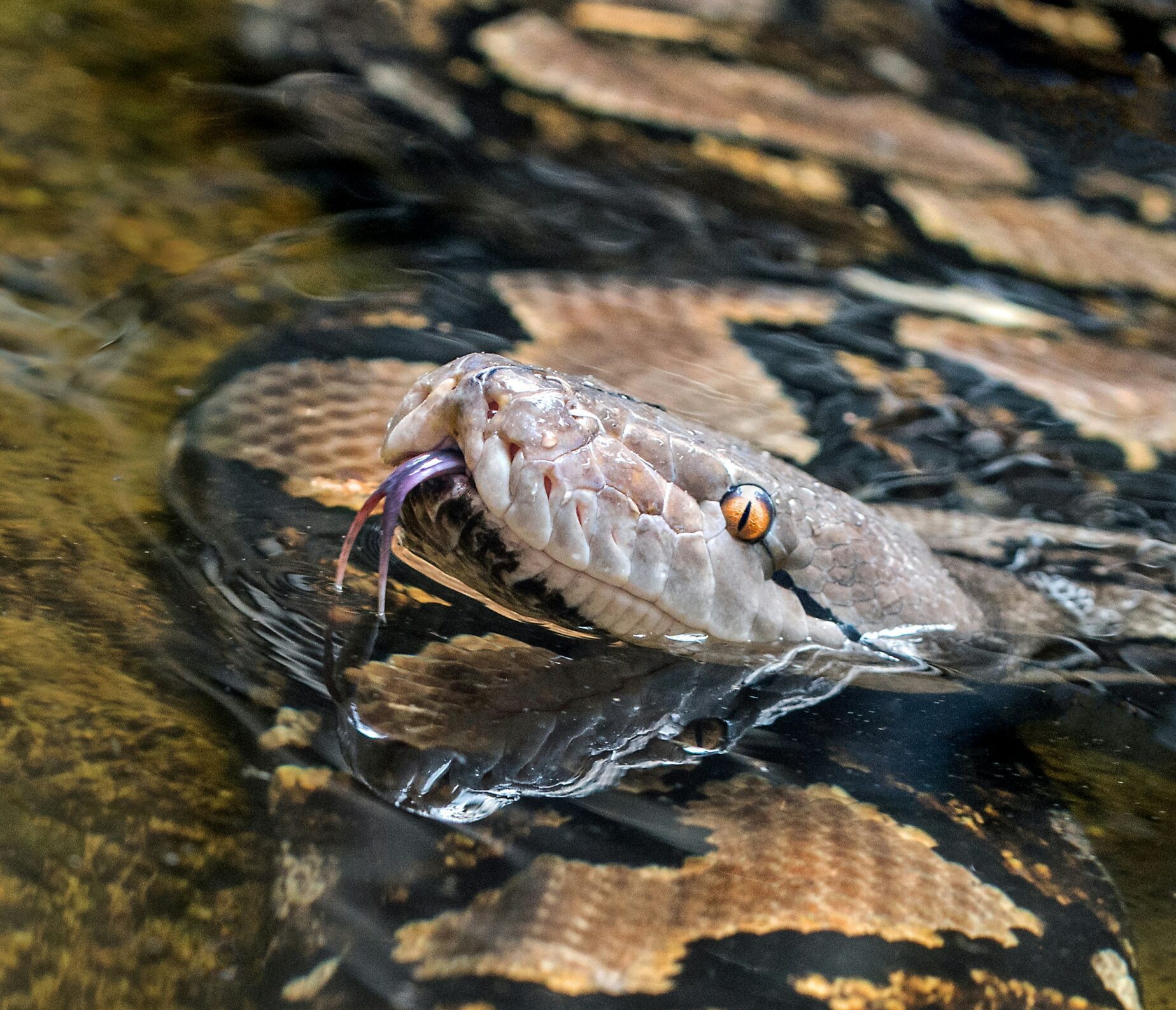
Why Do Snakes Flick Their Tongues More Than Other Animals
A snake’s tongue flick is fast, silent, and constant, a gesture that’s often misunderstood. Most people think it’s tasting the air. That’s close, but not quite. What snakes are actually doing is far more impressive: they’re smelling without a nose.
A tongue that sniffs
Snakes don’t use their tongues to eat or taste like we do. Instead, each flick collects tiny chemical particles from the air, the ground, or nearby surfaces. When the tongue retracts, it presses into a special sensor in the roof of the mouth: the Jacobson’s organ (also called the vomeronasal organ).
There, those particles are analyzed, giving the snake a detailed chemical snapshot of what’s happening around it. It can detect prey, predators, rivals, or mates, all through scent particles floating invisibly in the environment.
A different kind of awareness
This system allows snakes to sense their world in a way we can barely imagine. While most animals rely on vision or hearing, snakes prioritize chemical tracking. They don’t just smell where something is, they can follow a trail, even in total darkness.
Combined with their ability to feel ground vibrations, this makes snakes silent trackers, able to move slowly and precisely toward prey without ever being seen or heard.
A tongue flick isn’t random. It’s a calculated scan. A check-in with the invisible world around them.

« Fascinating how something as simple as a tongue flick can reveal such a complex and efficient sensory system. I always thought snakes were just ‘tasting’ the air, but realizing they’re actually ‘smelling’ without a nose gives me a whole new respect for them. Nature never ceases to impress.